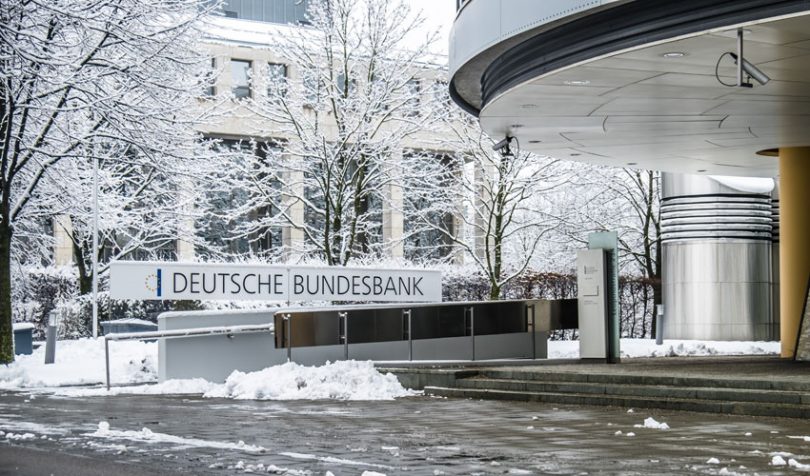Today the Deutsche Bundesbank announced a successful test with the Deutsche Börse for settling distributed ledger technology (DLT) securities transactions using the TARGET2 real-time gross settlement system (RTGS). Using a trigger mechanism, an atomic transaction was made, meaning the central bank payment and securities were exchanged simultaneously in a delivery versus payment (DvP) transaction.
The desire to enable on-chain settlement of DLT securities transactions is a key driver behind the demand for a wholesale central bank digital currency (CBDC). Hence if such a non-CBDC bridge can reliably work at scale, the demand for a wholesale CBDC becomes less pressing.
Talking at a Bank for International Settlements conference earlier this week, Jens Weidmann, President of the Deutsche Bundesbank, spoke about the test in the context of a wholesale CBDC.
“Some of the beneficial effects of a CBDC could also be achieved, for instance, through tokenized commercial bank money. If we’re talking about automated payments, programmable money, it need not necessarily be a CBDC. We’re also currently here at the Bundesbank having a project that works on a so-called trigger solution. So we have a private blockchain that triggers payments in our TARGET 2 system in central bank money,” he said.
The Federal Government’s Finance Agency used a DLT system to issue a ten-year Federal bond (Bund) with both the issuance and secondary market transactions settled using DLT.
“Following successful testing, the Eurosystem should be able to implement such a solution in a relatively short space of time – at least in far less time than it would take to issue central bank digital currency, for instance,” said Burkhard Balz, member of the Bundesbank Executive Board. Meanwhile, the French central bank is running perhaps the broadest wholesale CBDC trial done to date.
Several banks participated in the German trial, including Barclays, Citibank, Commerzbank, DZ Bank, Goldman Sachs and Société Générale.
At a technical level, few details were shared, but the key point is the money is not tokenized. There were two software modules, a trigger chain on the Bundesbank side and a transaction coordinator from the Deutsche Börse. Only when both sides of the transaction were confirmed did the securities and money change hands.
Many blockchains have integrated with non-DLT payment rails. For example, in late 2018, R3 announced the universal Corda Settler for its enterprise blockchain, enabling connection to other payment rails. The key difference is that TARGET2 is not just any payment rail. It can do real-time settlement in central bank money, which removes counterparty risk.
The Swiss National Bank recently completed a wholesale CBDC trial with the SIX Digital Exchange. The tests involved both a wholesale CBDC and a link to Switzerlands RTGS, SIC. In that case, atomic settlement was not deemed possible with the RTGS because SIC transactions are often queued and it doesn’t allow simultaneous blocking of balances across multiple parties.
So it seems to come down to the particular RTGS. Another approach was unveiled by SAP and Accenture in 2019. Their joint solution enables RTGS platforms to link to DLT applications by using currency tokens as a proxy for central bank money.






